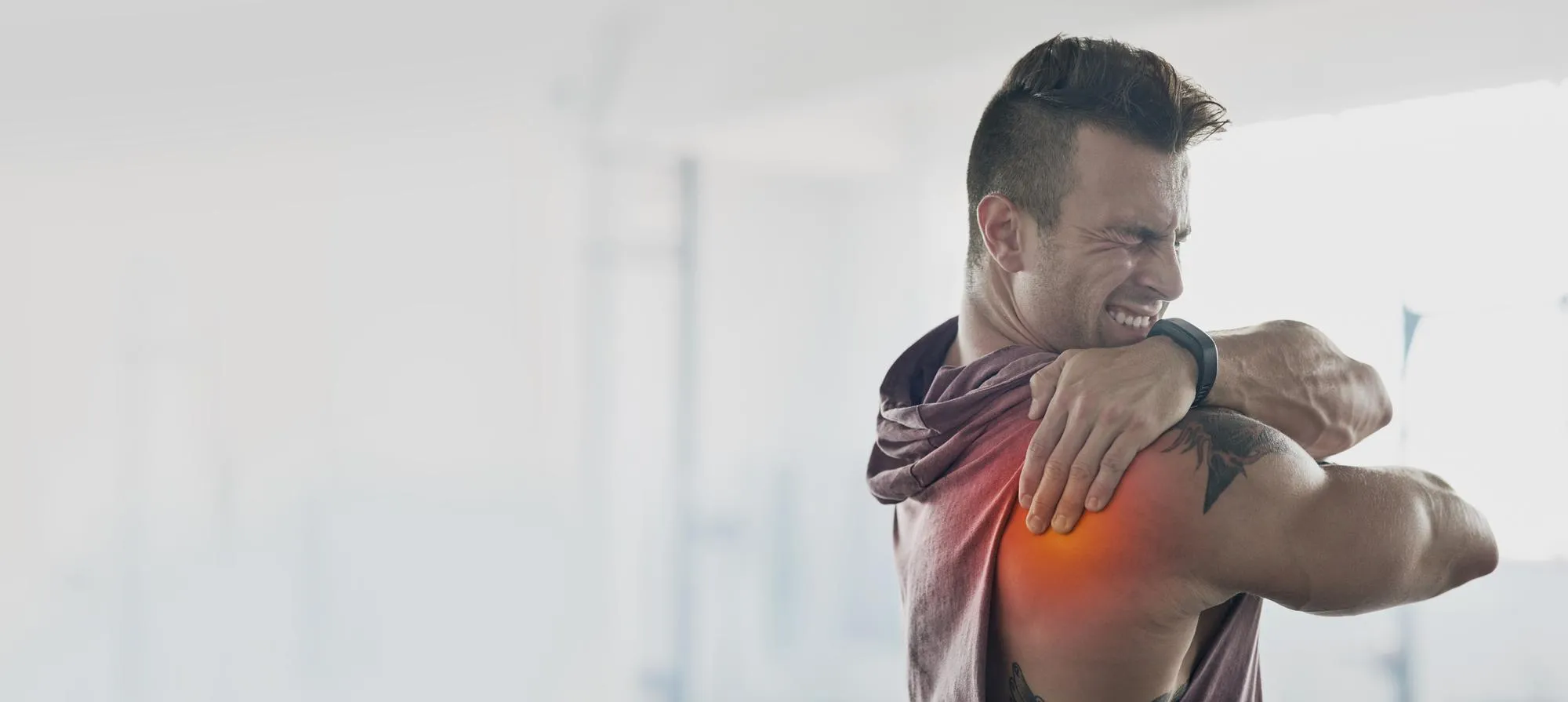A professional athlete’s career can often be derailed by injuries that are as sudden as they are severe. Such was the case for a 29-year-old professional volleyball player who sought help for a painful and debilitating shoulder condition. What started as a dull ache in the right lateral base of the neck during an intense preseason training session spiraled into a case study of sports medicine and rehabilitation—shedding light on the risks associated with improper workout techniques.
The onset of Injury – A Player’s Nightmare
The athlete’s condition began with a seemingly innocuous pain that escalated within days. He experienced a deficiency in right scapula adduction, limited elevation, shoulder weakness, and mild localized pain. His physical appearance was visibly altered, evident through an asymmetrical neckline and drooping of the affected shoulder. Additionally, lateral displacement and minimal winging of the right scapula were observed. A week following these symptoms, atrophy was noted in the superior trapezius muscle—a clear sign of muscle wasting and neural affliction.
Diagnosis – Unveiling the Root Cause
Electromyography (EMG) tests configured a grim picture: denervation in the upper, middle, and lower components of the right trapezius muscle. The results suggested axonotmesis of the spinal accessory nerve (SAN), characterized by disruption in the nerve’s ability to transmit signals while maintaining the integrity of the nerve sheath. A confirmatory Magnetic Resonance Imaging (MRI) scan indicated muscular suffering caused by early-stage denervation.
Idiopathic Spinal Accessory Nerve Palsy
The prognosis turned out to be idiopathic SAN palsy, assumed to be secondary to the athlete’s inappropriate use of a weight-lifting machine during training. SAN palsy is a rare condition that typically presents with pain, weakness, and atrophy of the shoulder muscles, particularly affecting the trapezius. Studies have shown that SAN palsy often stems from direct trauma, stretching incidents, or as a result of surgical procedures. Though in this case, the sports-related movement led to the injury.
Rehabilitation – A Path to Recovery
The treatment and recovery for SAN palsy involve a period of rest followed by targeted rehabilitation. The athlete underwent a comprehensive rehabilitation program aimed at restoring function, strength, and mobility to the affected shoulder. Use of physical therapy modalities such as strength training, flexibility exercises, and neuromuscular reeducation prevailed as the bedrock of his recovery journey.
Implications on Sports Medicine
This incident exemplifies the precarious balance athletes must maintain between rigorous training and safety. It underscores the importance of proper technique and equipment use to prevent nerve injuries—specifically SAN injuries—in athletic populations. The case serves as a somber reminder that even professional athletes are not immune to the risks associated with intense physical activity.
Prevention – Safeguarding Athlete’s Careers
It is crucial for athletic training programs to incorporate preventive strategies such as proper supervision, training on safe machine use, and emphasizing the importance of technique over the intensity of the exercise. The focus should also be on educating athletes about the signs of nerve injuries and advocating for a swift medical consultation if symptoms appear.
Conclusion
The professional volleyball player’s ordeal ended on a positive note as he made a successful return to the sport post-recovery. However, his journey from injury to rehabilitation embodies the narrative of countless athletes who confront the physical and psychological challenges of unexpected sports injuries.
Physicians Andrea Ermolao, Michela Brogi, Veronica Baioccato, and Sara Rovai’s contribution to the documentation of this case in BMJ Case Reports (“Unsafe workout: a weak and painful shoulder in a professional volleyball player,” doi:10.1136/bcr-2018-228084) offers invaluable insights into SAN palsy management and prevention strategies critical for sports medicine practitioners.
References
1. Macaluso S, Ross DC, Doherty TJ, et al. Spinal accessory nerve injury: A potentially missed cause of a painful, droopy shoulder. J Back Musculoskelet Rehabil. 2016;29(4):899–904. doi:10.3233/BMR-160674
2. Wills AJ, Sawle GV. Accessory nerve palsies. Pract Neurol. 2010;10(3):191–194. doi:10.1136/jnnp.2010.217760
3. Berry H, MacDonald EA, Mrazek AC. Accessory nerve palsy: a review of 23 cases. Can J Neurol Sci. 1991;18(3):337–341. doi:10.1017/S0317167100031905
4. Mariani PP, Santoriello P, Maresca G. Spontaneous accessory nerve palsy. J Shoulder Elbow Surg. 1998;7(6):545–546. doi:10.1016/S1058-2746(98)90211-7
5. Cass S. Upper extremity nerve entrapment syndromes in sports: an update. Curr Sports Med Rep. 2014;13(1):16–21. doi:10.1249/JSR.0000000000000025
Keywords
1. Spinal Accessory Nerve Injury
2. Shoulder Pain Athletes
3. Athletic Nerve Injuries
4. Volleyball Training Injury
5. Sports Injury Rehabilitation
